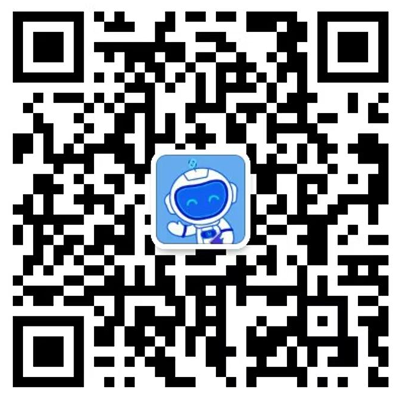扫码阅读
手机扫码阅读
手把手带你学会Odoo OWL组件开发(4):OWL组件
 1088 2024-03-14
1088 2024-03-14
我们非常重视原创文章,为尊重知识产权并避免潜在的版权问题,我们在此提供文章的摘要供您初步了解。如果您想要查阅更为详尽的内容,访问作者的公众号页面获取完整文章。
神州数码云基地
![]()
扫码关注公众号
摘要:Odoo OWL组件开发(3)
本文由沈童,一名前端开发工程师,介绍了Odoo OWL框架的核心开发概念。内容涵盖了组件API、组件间传值、OWL插槽、以及动态组件的使用。
01 API
OWL组件的API主要包括模板定义、子组件声明以及Props的定义。模板定义可以通过XML或JSX格式指定。子组件声明通过components对象来定义,而Props用于组件传值和类型校验。
02 OWL组件传值
组件间的数据传递分为父传子、子传父和事件总线EventBus三种方式。父组件通过Prop向子组件传值,子组件可以通过事件总线EventBus进行跨组件通信,而子组件传递数据给父组件可以通过引用父组件的方法来实现。
03 OWL插槽t-slot
OWL插槽允许父组件向子组件的指定区域传递内容。分为匿名插槽和具名插槽两种。匿名插槽用于默认插槽内容,而具名插槽则可以通过名称指定传递给子组件的内容。
04 OWL 动态组件 t-component
动态组件的特性允许在运行时根据不同条件渲染不同的子组件。这是通过状态控制渲染的组件类型来实现的。
本期教程到此结束,敬请期待下一期的内容。同时,作者呼吁读者关注并设为星标,以获取更多原创技术内容。
想要了解更多内容?
神州数码云基地
![]()
扫码关注公众号
神州数码云基地的其他文章
加入社区微信群
与行业大咖零距离交流学习


PMO实践白皮书
白皮书上线
白皮书上线








